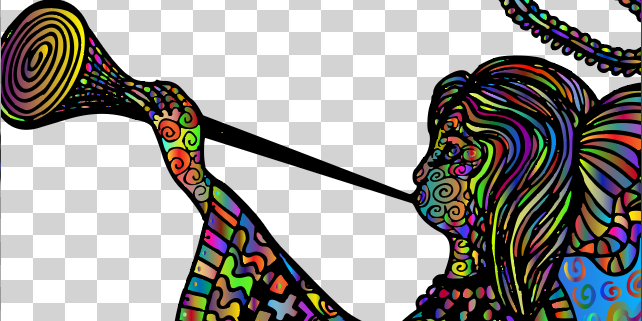Two-dimensional vector graphics has been quite prevalent in recent Qt release notes, and it is something we have plans to continue exploring in the releases to come. This blog takes a look at some of the options you have, as a Qt developer.
In Qt 6.6 we added support for a new renderer in Qt Quick Shapes, making it possible to render smooth, anti-aliased curves without enabling multisampling. The renderer was generalized to also support text rendering in Qt 6.7, and, in the same release, Qt SVG was expanded to support a bunch of new features.
And there is no end in sight yet: In Qt 6.8 we are bringing even more vector graphics goodies to the Qt APIs. In this blog, I will share some details on the different ways vector graphics can be used in Qt, as well as the benefits and drawbacks of each.
Does anyone know if windows or macos supports vector rendering? I think this is a pretty big deal for scaling infinitely.
We’ve been using vector rendering for decades, this isn’t new at all. This just makes it better because supposedly now it can be offloaded to the GPU.
From the OS’s perspective it doesn’t care: it hands a rectangle to the application to render into along with some metadata like what scaling to render as. Then the application does what it needs to do to get the pixels in there.
This would be handled entirely in Qt, in this case, but any competing toolkit can also implement something similar and all.



